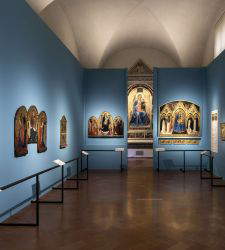 Exhibitions
Exhibitions
 Books
Books
 Exhibitions
Exhibitions
 Photography
Photography
 Ancient art
Ancient art
 Exhibitions
Exhibitions
 Ancient art
Ancient art


 Exhibition reviews
Exhibition reviews
 Exhibition reviews
Exhibition reviews
 Exhibition reviews
Exhibition reviews
 Exhibition reviews
Exhibition reviews
 Exhibition reviews
Exhibition reviews

 Opinions
Opinions
 Opinions
Opinions
 Works and artists
Works and artists
 Works and artists
Works and artists